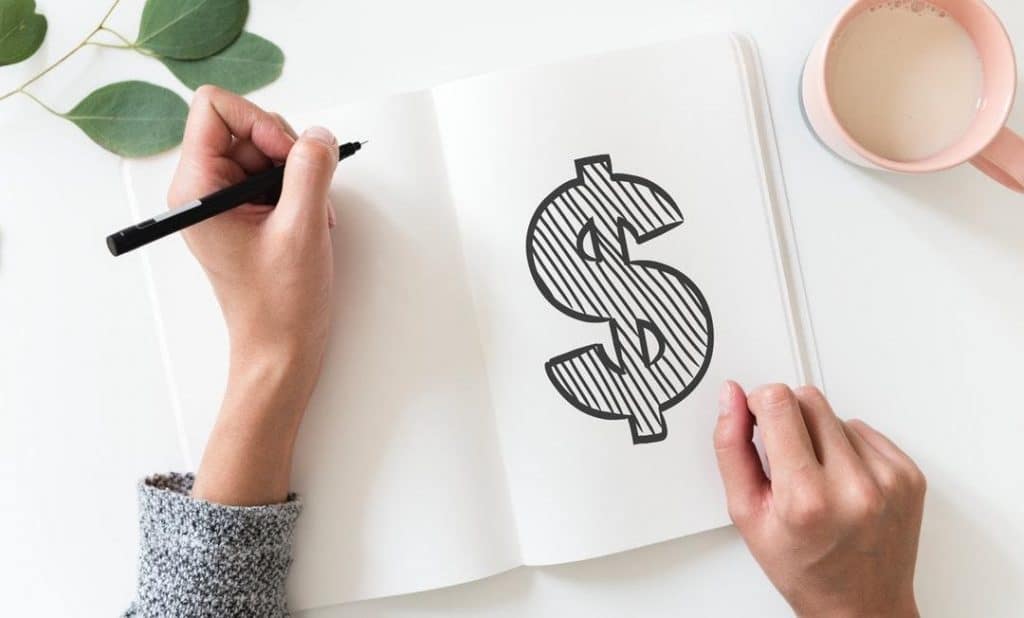It’s difficult to remember a time where the stock market was crazier than it is today. Whilst you can argue 2008’s casino gambling is unrivaled in irrationality, investment banks’ behaviour was unbeknownst to the rest of us. Today, the picture is much more clear, and markets are more transparently overpriced.
We’ve had absurd events like Hertz’ stock recently going up in price as a result of a bankruptcy. Scrambling for a $1bn bankruptcy loan and losing almost 200,000 cars in its inventory, Hertz filing for bankruptcy on the 22nd of May 2020 was met with a temporary drop and then a sharp rally in its price.
Another absurd price rise can be seen with Kodak, which rose 600% times in value in the matter of 2 days, which we’ll explore a little later on.
Boxing Day 2019, S&P 500 was at 3,239.91. This was the pre-coronavirus world, with buzzing Christmas sales just off the back of Cyber Monday and Black Friday. The macroeconomy was stable and employment was strong.
As of mid-August 2020, the S&P 500 is at 3,380 and still rising. This is a time where the country has been in lockdown for around 140 days, much of the highstreet economy utterly closed down with zero sales, and many offices forced to work from home despite it being inefficient for them. It’s bizzare how we can rationally claim that the stock market, including companies like Starbucks which had close to zero sales for months on end, can be more valuable now in this climate.
Of course, the perpetual growth of the major stock exchanges doesn’t actually reflect the economy at all. GDP is a very limited measurement of its citizens wealth and welfare, yet, markets are an even worse measurement of that. The extent to which this misconception is believed among the public is unsure, but there’s been no doubt that the absurd growth and high volatility induced by COVID-19 has actually brought on a new appetite among retail investors.
Retail Investors Involvement
Citadel Securities claim that retail trading takes up 25% of the stock market as a result of the recent volatility. This is a huge increase from 2019, when retail traders made up only 10% of the market.
Not only this, but the sophistication of retail trading seems to be increasing. Options trading have blown up, which makes sense in a volatile market. The increased leisure time that many have found during lockdown and furlough could be a significant factor in this increased involvement in active investing.
The reason for their involvement can also be attributed to trading becoming more accessible. Platforms like Robinhood and Canadian broker Questrade are proving to be extremely user-friendly platforms that are easy to understand and aimed at beginners. Along with a lack of sports betting opportunities due to the cancellation of games and the very captivating recent marketing campaigns by such brokers, retail investors are crossing over to try it out.
There are even platforms like eToro, which combines social media with trading and allows users to copy strategies from highly followed traders.
Robinhood, among others, also offer commission-free investing. This may not be enough to convince technical or advanced traders to switch over due to their lack of functionality and sophisticated charting, but it’s features are perfectly aimed at providing simplicity to the everyday trader.
The Effect of Retail Investors on the Market
In 2018, Goldman blamed the Average Joe retail investor for the volatility in stocks. The same could arguably be said for the current volatility and whipsawing trades. If we look at the Kodak example from earlier, in the span of 24 hours leading up to that price hike of 600%, the stock was added to the portfolio of over 100,000 Robinhood accounts.
The stock was so volatile that it halted 20 times in a single day, then tanked straight by 42%. All of this was brought about by a Tweet which claimed a federal agency was withholding the $765 million loan that it was receiving. This is perhaps the only tweet that caused more mayhem than Elon Musk’s, which tanked Tesla’s valuation by $14 billion back in May.
It’s difficult to say whether or not the market will remain so volatile going into the future. It’s possible that many new traders will not fare well during this turbulent market, and begin to exit. However, we’re far from approaching certainty. COVID-19 still very much exists with no solution in sight, the US presidential elections are quickly approaching, and the US and UK is officially in recession.
Whilst the economy doesn’t reflect the market, it is still a huge function of it. And, with the inevitable joblesses that is coming up as a result of furlough money running dry, we’re not going to see a stable market anytime soon. Usually, 20% drops are more of a market phenomenon, but this is exactly how much UK GDP fell by in the second quarter.
We’re likely not going to see active trading being swapped out for long-term passive trading, either. When markets are so volatile, investors see opportunity. Whether it’s shorting or options trading, there’s more potential for quick gains than in any other climate.

